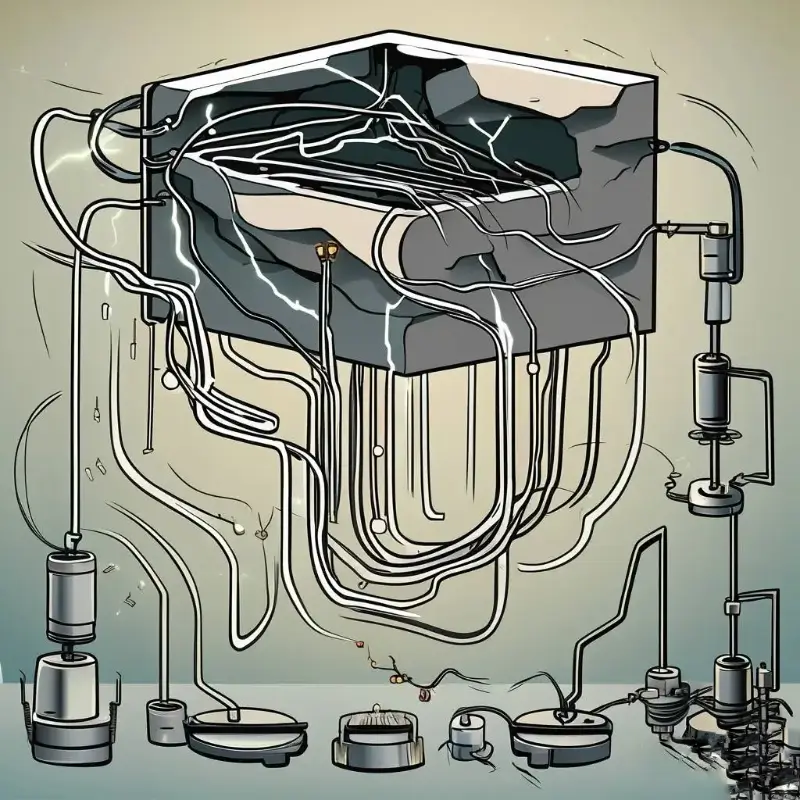why do flames have different colors?
Flames have different colors due to the chemical reactions taking place within them and the different temperatures at which these reactions occur. Here’s a breakdown of some of the factors that contribute to the variety of colors in flames:
- Temperature: The color of a flame is primarily determined by its temperature. Hotter flames generally appear blue or white, while cooler flames may appear red, orange, or yellow. The blue flame is the hottest part of the flame, while the outer edges, which appear red or orange, are cooler.
- Gas Composition: The fuel and oxidizer used in the flame can affect its color. For example, a pure hydrocarbon fuel like methane produces a blue flame, while a fuel with impurities or a different composition can produce a yellow or orange flame.
- Spectral Lines: The colors we see in a flame are due to the emission of light from excited atoms and molecules. When these particles absorb energy from the heat of the flame, they move to higher energy levels. As they return to their normal state, they emit light at specific wavelengths, which correspond to certain colors. The different elements present in the fuel or gas will emit their own characteristic colors.
- Carbon Monoxide (CO): Carbon monoxide can give a flame a sooty or yellowish appearance. It is a product of incomplete combustion and indicates that the fuel is not burning efficiently.
- Sulfur Compounds: Materials containing sulfur can produce a blue-green flame when burned. These compounds emit light in the visible spectrum when heated.
- Phosphorus: Phosphorus burning gives off a white flame with a persistent glow.
- Metals and Salts: Some metals and their salts, when heated in a flame, can produce characteristic colors of light. This is the principle behind the flame test used in chemistry to identify certain elements. For example, lithium produces a red flame, sodium produces a yellow flame, and potassium produces a lilac or purple flame.
In summary, the colors of flames result from the different energy levels of atoms and molecules as they emit light during transitions between these levels. The specific combination of fuel, oxidizer, and any additional materials present in the flame determines its color.



